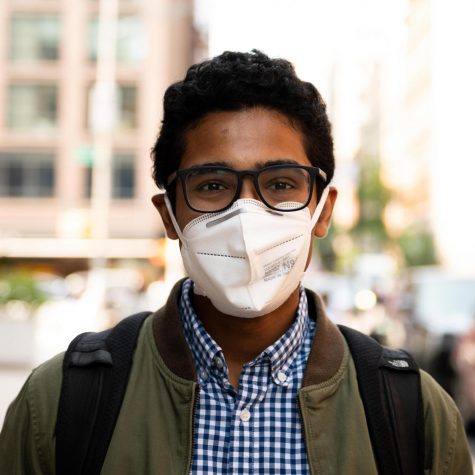One of the only good things to come out of the pandemic was the opening of New York’s streets.
The Open Streets initiative benefited New York’s small businesses when they needed it most, and it provided environmental benefits. City residents can walk through the streets of New York and support local businesses without inhaling car fumes or dodging traffic.
New York’s streets should be kept open indefinitely, long after the pandemic has passed.
As of March 2021, over 83 miles of city thoroughfare have been opened to New Yorkers for walking, biking and eating. Local businesses benefit from open streets due to increased foot traffic. In a time when nearly a third of small businesses have closed in New York and New Jersey, the municipal government should reward and support entrepreneurship. Open Streets does just that.
More public areas bring innumerable psychological benefits to cities. A street full of people, instead of one overrun by cars, encourages more social interaction. Even before the onset of COVID-19, New York faced a loneliness epidemic. Open Streets fostered a wonderful sense of community, and the initiative should be extended long after the eradication of the virus.
It is worth noting that low-income New York neighborhoods with predominantly Black and Hispanic populations, such as the South Bronx, have less than half of the average park space of wealthier neighborhoods. In the darkest days of the COVID-19 pandemic, millions of poor New Yorkers did not have access to a park within a 10-minute walking distance of their homes.
This extreme racial disparity of access to nature is the latest offense in a long line of injustices, from city planners like Robert Moses routing highways through Black neighborhoods to redlining. New York City’s Open Streets initiative could bring natural spaces to underserved communities, and Mayor de Blasio ought to prioritize areas like the South Bronx for Open Streets.
America’s car culture, and its history of cordoning off minority neighborhoods, created astronomical disparities in health outcomes between races. Within the city, Black New Yorkers have the highest asthma prevalence among adults at 8.3%, compared to rates among white and Asian New Yorkers adding up to 6.6% and 1.8% respectively. A main reason for this disparity is car exhaust disproportionately impacting Black communities, with the increase of pollutants like nitrogen dioxide proliferating the air.
By keeping the streets of New York open, we can support the physical, mental and economic health of the city’s residents. Moreover, the Open Streets initiative could provide relief to marginalized communities who suffer from pollution. These are the same communities that, historically, have been excluded from public spaces in the past. If the municipal government so chooses, we can emerge from this pandemic as a stronger and more vibrant city. It is an easy choice.
Opinions expressed on the editorial pages are not necessarily those of WSN, and our publication of opinions is not an endorsement of them.
Email Kevin Kurian at [email protected].
























































































































































